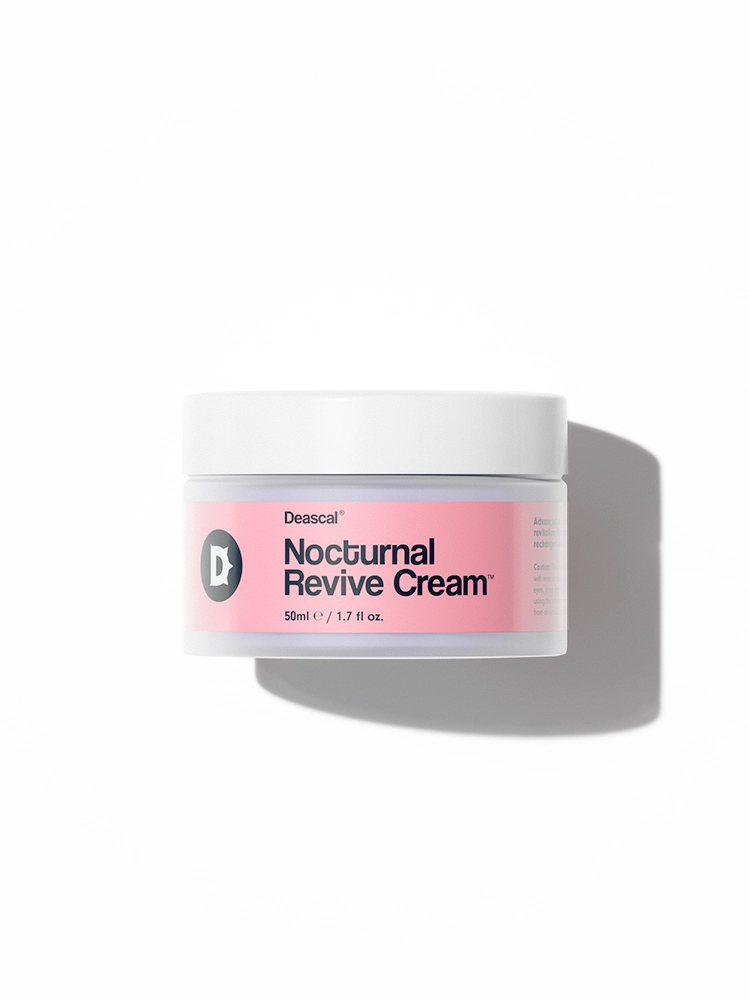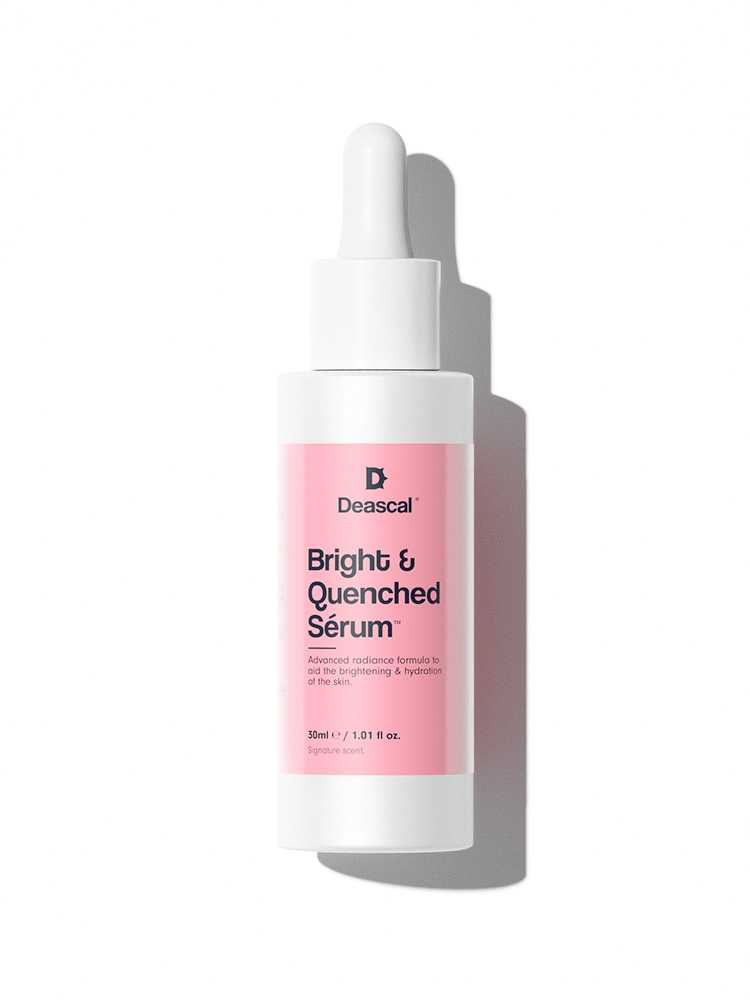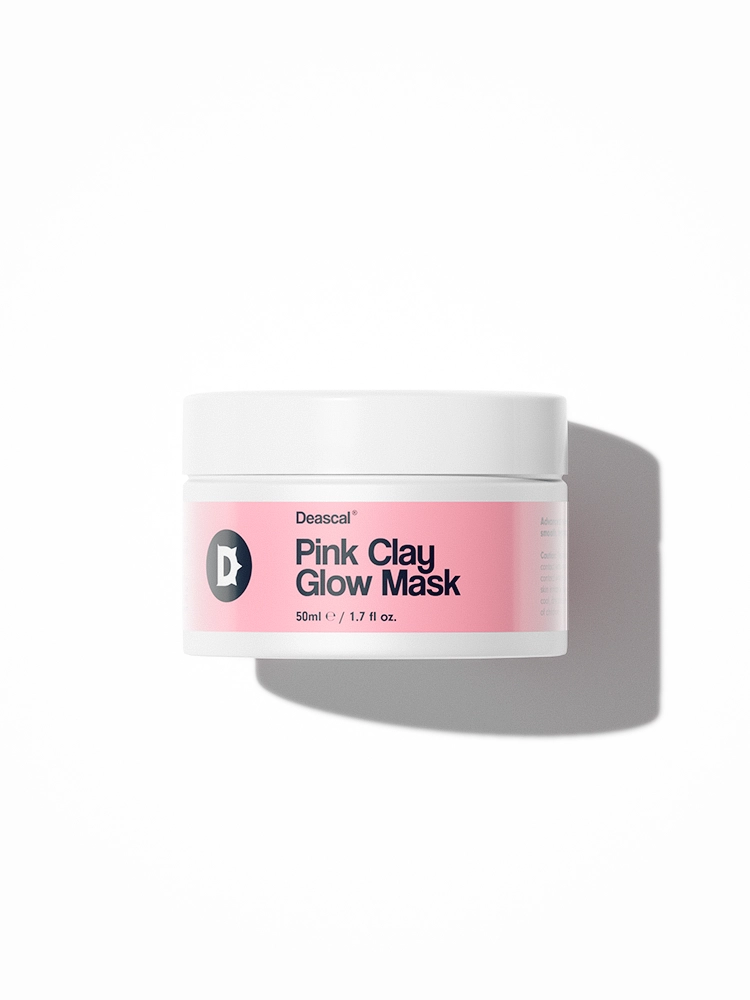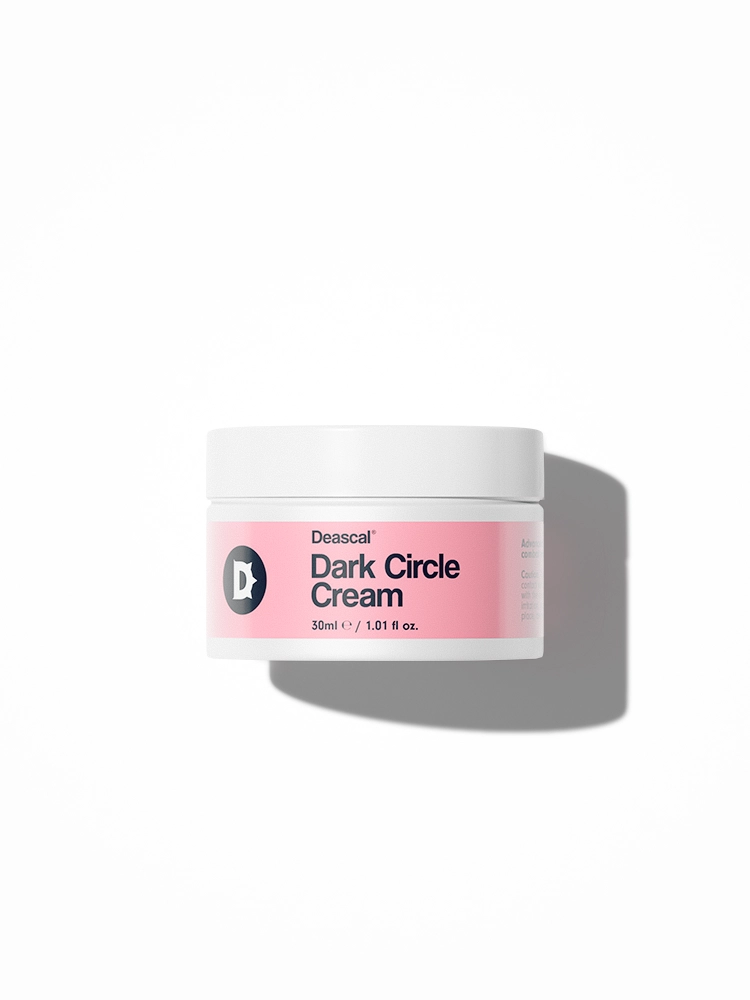What Is L-1,2,3,4,5,6,7,8-Octahydro-2,5,5-Trimethyl-2-Naphthol?
L-1,2,3,4,5,6,7,8-Octahydro-2,5,5-Trimethyl-2-Naphthol, also known as (S)-1,2,3,4,5,6,7,8-Octahydro-2,5,5-trimethyl-2-naphthol, is a chemical compound primarily used in the cosmetic industry for its perfuming properties. This ingredient is often sourced from synthetic origins, designed to mimic the natural scents found in various plants and flowers. Its chemical composition includes a naphthol backbone with added hydrogen and methyl groups, which contribute to its unique fragrance profile.
The history of L-1,2,3,4,5,6,7,8-Octahydro-2,5,5-Trimethyl-2-Naphthol in cosmetics dates back to the mid-20th century when chemists began exploring synthetic alternatives to natural fragrances. This was partly driven by the need for more stable and consistent scent profiles that could be produced at scale. Over time, it gained popularity due to its ability to provide a long-lasting and pleasant aroma, making it a staple in many perfumes and scented products.
The production of this compound typically involves a series of chemical reactions starting from simpler organic molecules. These reactions are carefully controlled to ensure the correct structure and purity of the final product. The process often includes hydrogenation and methylation steps, which add hydrogen and methyl groups to the naphthol base, respectively. This synthetic route allows for large-scale production, ensuring that the ingredient is readily available for use in various cosmetic formulations.
The Benefits/Uses of L-1,2,3,4,5,6,7,8-Octahydro-2,5,5-Trimethyl-2-Naphthol
In this section, we will delve into the officially recognized cosmetic benefits and uses of L-1,2,3,4,5,6,7,8-Octahydro-2,5,5-Trimethyl-2-Naphthol:
Perfuming
L-1,2,3,4,5,6,7,8-Octahydro-2,5,5-Trimethyl-2-Naphthol is primarily used in cosmetics for its perfuming properties. This means that its main role is to impart a pleasant fragrance to the product. Whether it’s a lotion, cream, shampoo, or any other personal care item, the inclusion of this ingredient helps to enhance the overall sensory experience by providing a delightful scent. This can make the product more appealing and enjoyable to use, contributing to a feeling of freshness and cleanliness.
Note: the listed benefits above are exclusively based on the officially recognized and defined functions of the ingredient, as documented by the International Nomenclature of Cosmetic Ingredients (INCI).
Potential Side Effects & Other Considerations
L-1,2,3,4,5,6,7,8-Octahydro-2,5,5-Trimethyl-2-Naphthol is generally considered safe for use in cosmetic products, primarily serving as a perfuming agent. However, like any ingredient, it may cause adverse reactions in some individuals.
- Skin irritation
- Allergic reactions
- Contact dermatitis
Regarding individuals who are pregnant or breastfeeding, data and research on the topical usage of L-1,2,3,4,5,6,7,8-Octahydro-2,5,5-Trimethyl-2-Naphthol during pregnancy and breastfeeding are lacking. Therefore, it is advisable to consult a healthcare professional for further advice.
Side effects and adverse reactions from this ingredient are relatively uncommon, but they can occur. It is recommended to conduct a patch test before widespread usage to ensure that you do not have a sensitivity to this ingredient.
In terms of comedogenicity, L-1,2,3,4,5,6,7,8-Octahydro-2,5,5-Trimethyl-2-Naphthol has a rating of 1 on a scale of 0 to 5, where 0 is totally non-comedogenic and 5 is highly comedogenic. This low rating means it is unlikely to clog pores or cause acne, making it generally suitable for individuals prone to blemishes or breakouts.




